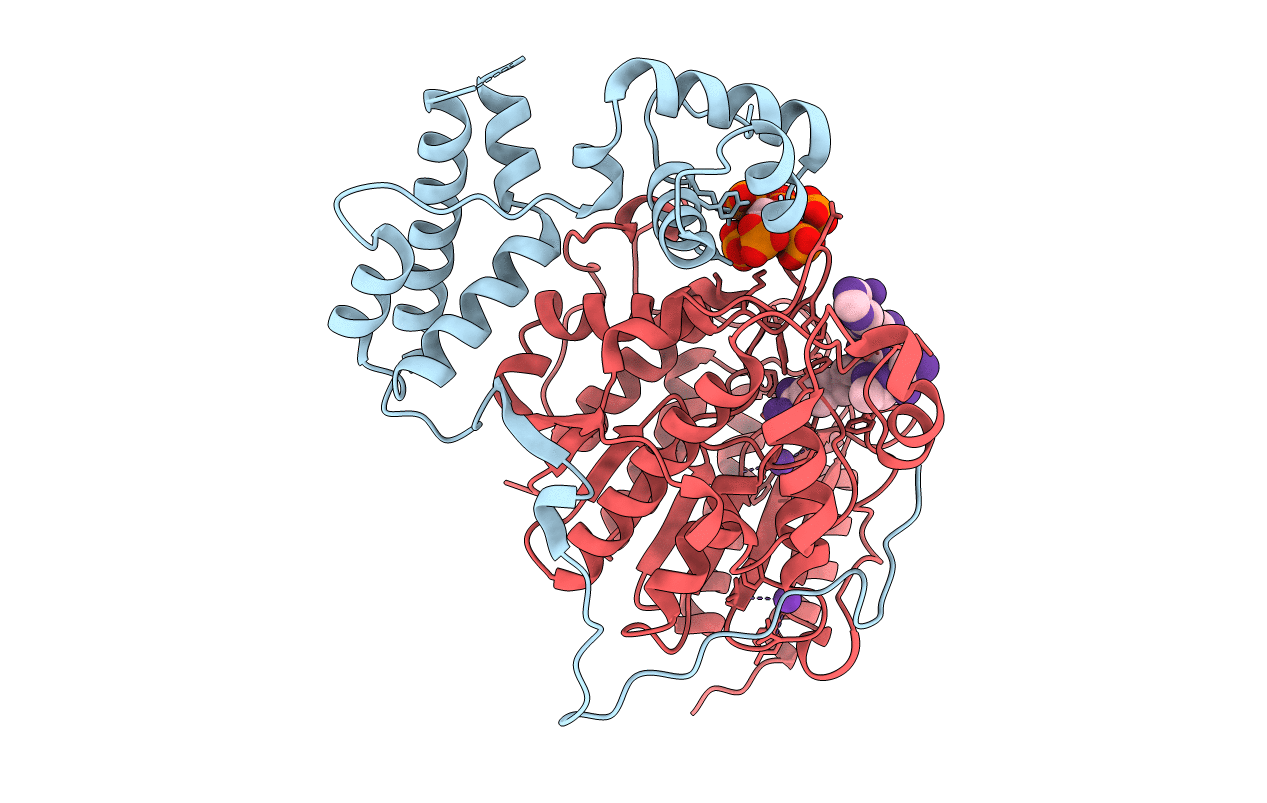
Deposition Date
2016-02-23
Release Date
2016-05-11
Last Version Date
2024-10-16
Entry Detail
PDB ID:
5ICN
Keywords:
Title:
HDAC1:MTA1 in complex with inositol-6-phosphate and a novel peptide inhibitor based on histone H4
Biological Source:
Source Organism:
Homo sapiens (Taxon ID: 9606)
synthetic construct (Taxon ID: 32630)
synthetic construct (Taxon ID: 32630)
Host Organism:
Method Details:
Experimental Method:
Resolution:
3.30 Å
R-Value Free:
0.29
R-Value Work:
0.25
R-Value Observed:
0.25
Space Group:
P 32 2 1


